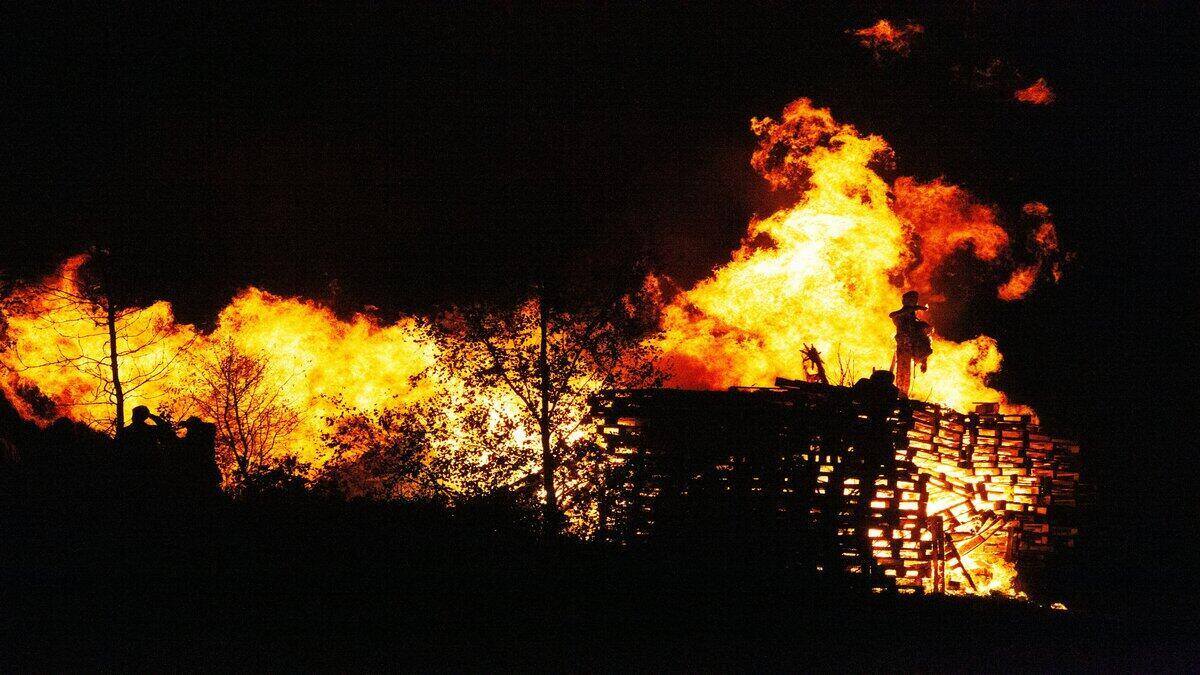NAB lifted its expectation that the cash rate could rise two more times to repel still-high inflation.
The big-four bank expects a 25 basis point hike at the RBA’s July board meeting, though there is some risk the RBA could wait till August. By then, the RBA will already have an updated consumer price index (CPI) for the second quarter of the year.
A further increase to 4.35% isn’t being ruled out by NAB, a forecast that is bound to send shudders down the spine of Aussie mortgage holders.
Currently, the cash rate sits at 3.85%.
NAB Group Chief Economist Alan Oster said the RBA’s mixed signals throughout 2023 have proven difficult to decipher and thus determine the peak in the cash rate.
“It is clear that the near- term balance of risks on inflation remain to the upside, and the RBA is forecasting inflation to only return to the top of the target band by mid-2025,” Mr Oster said.
“At least one additional rate rise is likely to be necessary to limit the risk this timeline slips any further.
“We wouldn’t rule out the prospect of an additional rise to 4.35% if the data stays stronger for longer.”
The RBA’s preferred underlying inflation measure, known as the trimmed mean, slowed to an annual pace of 6.6% in the first quarter of the year, still well outside the central bank’s 2-3% target range.
Mr Oster emphasised the rate call was not a response to the recent Labor federal budget, instead citing three other fundamental factors.
“That inflation would remain well above target in the near term; that the economy was displaying considerable resilience; and that a tight labour market would continue to support a pickup in wage growth,” he said.
“These fundamentals all remain evident.”
Minutes from the RBA May Meeting revealed the Board agreed further increases in the cash rate “may still be required” but that this would rely on how inflation and the wider economy evolve.
ANZ remains the only other major bank in accordance with NAB, forecasting a peak in the cash rate of 4.10% in August.
Meanwhile, Westpac and CommBank predict rates to stay on hold at 3.85% throughout 2023 so long as the data supports this argument.
AMP Chief Economist Shane Oliver told the Savings Tip Jar podcast that while some banks have revised their forecasts following the last RBA meeting, not much has happened economically to support a change in AMP’s cash rate peak.
“We think we are close to the top,” Mr Oliver said.
“Our base case is no more hikes from here but I'm not feeling particularly confident in that and the risk is certainly on the upside in the short term.
“I do worry that the RBA is not paying enough attention to the lagged impact of past rate hikes, which could lead to a sharp slowing in growth this year, and run the risk of a harder landing and higher unemployment.”
If interest rates do climb to 4.1%, homeowners with an average sized mortgage, a 30-year 5.42% p.a. interest rate increasing to 5.67% would see repayments increase by $91 a month.
NAB expects the RBA to start cutting the cash rate from mid-2024 to a more neutral rate as higher rates pass through to household cash flows and the wider economy.
Looking forward, all eyes will be focused on a busy week for data in Australia, with wages growth released on Wednesday and the unemployment rate on Thursday.
Advertisement
Buying a home or looking to refinance? The table below features home loans with some of the lowest interest rates on the market for owner occupiers.
Image by NAB








 Rachel Horan
Rachel Horan
 William Jolly
William Jolly
 Harry O'Sullivan
Harry O'Sullivan

